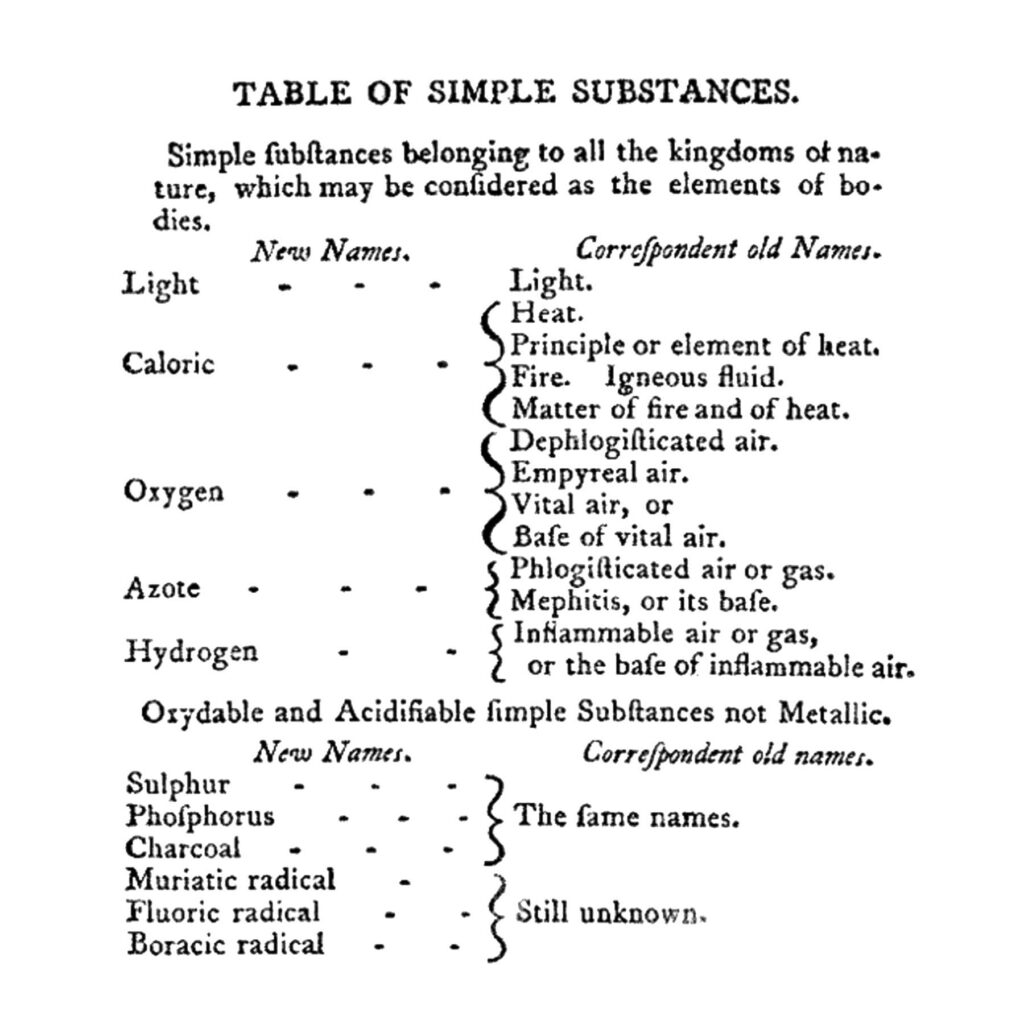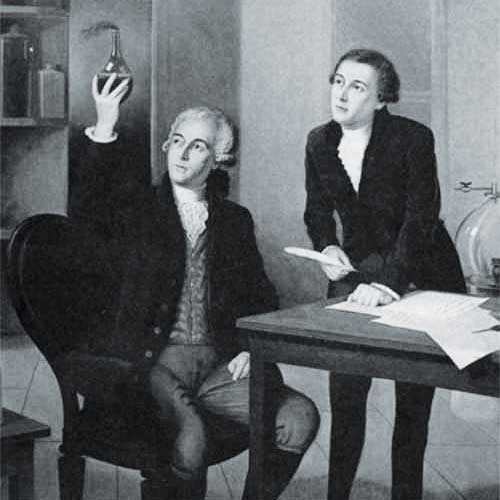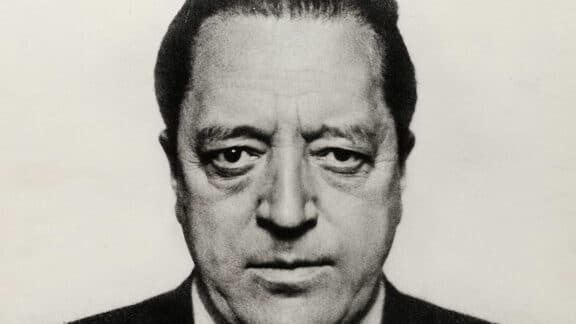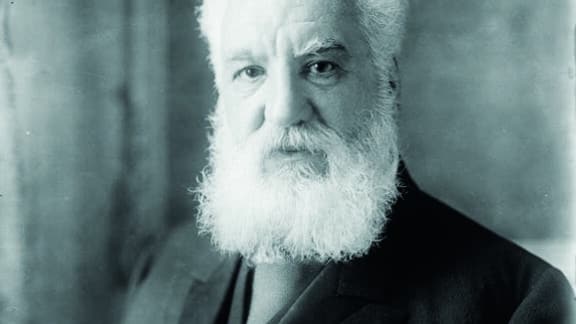At Primetals Technologies, we constantly strive to pioneer new and groundbreaking solutions for the steel industry. We work with passion, inspired by our close partnerships with steel producers from all around the world. Another source of inspiration is the great pioneers that have come before us—innovators who have profoundly impacted how we live and changed the course of history. In this series, we look at the life, the challenges, and the achievements of some of the most outstanding pioneers of all time, in this case, Antoine-Laurent Lavoisier.
Before the 1770s, chemistry was steeped in mystery, speculation, and chaos. Lacking proper evidence, scientists clung to mystical theories to explain natural phenomena. Antoine-Laurent Lavoisier, with his methodical approach and passion for precision, revolutionized this field, transforming chemistry into a precise and systematic science that continues to shape modern life.
But Lavoisier was more than a scientist. He was deeply connected to his turbulent times, navigating the political upheaval of the French Revolution while making groundbreaking discoveries. His work was not a solitary endeavor but a shared pursuit with his brilliant wife, Marie-Anne Paulze Lavoisier, whose contributions were integral to his legacy.
Early Influences and Aspirations
Born in Paris in 1743 to a privileged family, Lavoisier grew up in an environment that prized education and intellectual curiosity. His father, a successful attorney, ensured that young Antoine-Laurent received a top-tier education at the Collège Mazarin, where he studied mathematics, natural sciences, and philosophy. Here, Lavoisier developed a fascination for observation and precision under the mentorship of astronomer Abbé Nicolas Louis de Lacaille.
Although expected to pursue law, Lavoisier’s heart lay elsewhere. His scientific interests were vast, spanning chemistry, geology, and meteorology. Even while earning his law degree, he attended public lectures on natural sciences and conducted private experiments. This dual focus on law and science would later define his life as he straddled the worlds of public service and revolutionary discovery.
- …that Lavoisier’s precise measurements, reported to five decimal places, set new standards for scientific accuracy?
- …that he modernized France’s gunpowder production, securing national defense during critical times?
- …that Lavoisier worked on early experiments to measure air quality in urban Paris, showing his dedication to public health?
- …that he designed and tested fertilizers to improve agricultural yields, laying the groundwork for modern farming?
- …that he played a key role in creating the metric system, standardizing weights and measures globally?
- …that he worked on water purification methods to provide clean drinking water for Paris?
- …that Lavoisier’s laboratory was a hub for international scientists to share ideas and collaborate?
- …that his final words to the court were a plea to save the Academy of Sciences, highlighting his dedication to knowledge?
Lavoisier’s motivations extended beyond personal curiosity. He believed in the power of science to improve society, whether through advances in agriculture, public health, or industrial innovation. This conviction shaped not only his scientific endeavors but also his role as a reformer during one of history’s most volatile periods.
Nothing is lost, nothing is created, everything is transformed
Antoine-Laurent Lavoisier
Revolutionizing Chemistry
Lavoisier’s groundbreaking contributions laid the foundation for modern chemistry. Through meticulous experiments, he disproved the outdated phlogiston theory, which claimed that a fire-like substance was released during combustion. Instead, he identified oxygen as the key element in combustion and respiration, fundamentally reshaping science.

His most significant breakthrough, the Law of Conservation of Mass, proved that matter is neither created nor destroyed in chemical reactions. This principle became the cornerstone of modern chemistry and introduced a new level of precision to scientific research.
Lavoisier also spearheaded the development of a systematic chemical nomenclature. By replacing alchemical terms with logical, standardized names, he enabled scientists to communicate their findings clearly. His seminal work, Traité élémentaire de Chimie (1789), remains a defining text in chemistry, presenting a classification of elements and the methods that revolutionized the field.
These accomplishments were not limited to academia. Lavoisier’s innovations had profound industrial applications, from improving gunpowder production to advancing agricultural practices. His work demonstrated how science could serve both theoretical understanding and practical needs, bridging research and real-world application.
Behind Antoine-Laurent Lavoisier’s revolutionary achievements stood an equally remarkable woman: his wife, Marie-Anne Paulze Lavoisier. Their partnership was far more than a conventional marriage; it was a collaboration that redefined how science was conducted, communicated, and preserved.
Marie-Anne played a critical role in her husband’s work. Fluent in English and Latin, she translated key scientific texts, including Joseph Priestley’s groundbreaking research on gases, allowing him to build on international discoveries. Her artistic talent brought clarity to their work through detailed illustrations of experimental setups and chemical processes. Many of these drawings, featured in Lavoisier’s monumental work Traité élémentaire de Chimie, became invaluable tools for scientists across Europe. Marie-Anne was not just an assistant; she was a co-researcher and chronicler. She meticulously documented experiments in her laboratory notebooks, ensuring every detail was preserved for future replication. She also welcomed scientists from Europe into their lab, fostering collaboration and intellectual exchange.
After Antoine-Laurent’s tragic execution, Marie-Anne dedicated her life to preserving his legacy. She published his manuscripts, advocated for his contributions, and ensured his revolutionary ideas remained central to the scientific community. Together, they proved that great science often results from shared vision and teamwork.

The Duality of a Visionary
Lavoisier’s life was a study in contrasts. As a member of the Ferme générale, he managed France’s tax collection system, a role that funded his scientific research but also tied him to the ancien régime. While his administrative work made him a target during the French Revolution, it also exemplified his belief in using science for the public good.
He advocated for the metric system, sought reforms in France’s financial structures, and modernized industries critical to national defense. His optimism about science’s potential to improve society was unwavering, even as political tensions escalated.
Yet, Lavoisier’s progressive ideas often put him at odds with the status quo. He pushed for transparency in governance and fair taxation, values that reflected his broader commitment to reason and evidence-based decision-making. This dual role as scientist and reformer made him a symbol of enlightenment ideals but also a target in a time of radical change.
A Tragic End and Enduring Legacy
The French Revolution’s Reign of Terror claimed many lives, including Lavoisier’s. In 1794, he was arrested alongside his colleagues from the Ferme générale. Despite appeals from the scientific community, he was sentenced to death. The Revolutionary Tribunal dismissed his achievements with the infamous words: “The Republic has no need for scientists.”
On May 8, 1794, Lavoisier was executed by guillotine at the age of 50. His death was a devastating loss to science, but his ideas endured. Mathematician Joseph-Louis Lagrange captured the sentiment of the time: “It took them only an instant to cut off that head, and one hundred years might not suffice to reproduce its like.”
Today, Lavoisier is celebrated as the father of modern chemistry, a title earned through his meticulous methods, transformative discoveries, and visionary ideas. His work laid the groundwork for countless scientific advancements. The American Chemical Society honored his contributions by designating the Chemical Revolution as a historic landmark, a testament to his enduring influence.
Lavoisier’s legacy embodies resilience and optimism. Despite the chaos, he demonstrated that the pursuit of knowledge transcends boundaries and inspires future generations. Through his contributions, Antoine-Laurent Lavoisier proved that science is not only about understanding the world but also about changing it for the better.
Lavoisier’s impact extended far beyond the laboratory, reaching into the very fabric of how we measure the world. As a passionate advocate for precision, he was instrumental in the creation of the metric system, a groundbreaking initiative to standardize weights and measures across France.
In an era of fragmented local systems, he recognized the need for a universal standard that could simplify trade, ensure fairness in taxation, and improve scientific accuracy. Working with other progressive
scientists, he pushed for and helped develop a logical, consistent system based on natural constants.
The metric system, adopted during the French Revolution, was one of the first steps toward unifying science and commerce under a shared framework. Used globally today, it is a testament to Lavoisier’s vision of making measurements not just precise but universally understood.
Timeline
1743
Born on August 26
in Paris, France,
to a wealthy and
influential family.
1764
Publishes his first scientific paper on the analysis of gypsum, marking the start of his scientific career.
1768
Elected to the French Academy of Sciences at age 25, gaining recognition as a leading scientist.
1771
Marries Marie-Anne Paulze, who becomes his collaborator and key supporter.
1775
Appointed to the Gunpowder Administration,
modernizing France’s gunpowder production.
1777
Declares phlogiston
theory obsolete, laying the groundwork for modern chemical theory.
1789
Publishes Traité élémentaire de Chimie, introducing the Law of Conservation of Mass.
1791
Advocates for the metric system to standardize weights and measures in France.
1794
Executed by guillotine on May 8 during the Reign of Terror, despite his scientific achievements.
1796
Posthumously
exonerated by the French government, recognizing the unjust execution.


